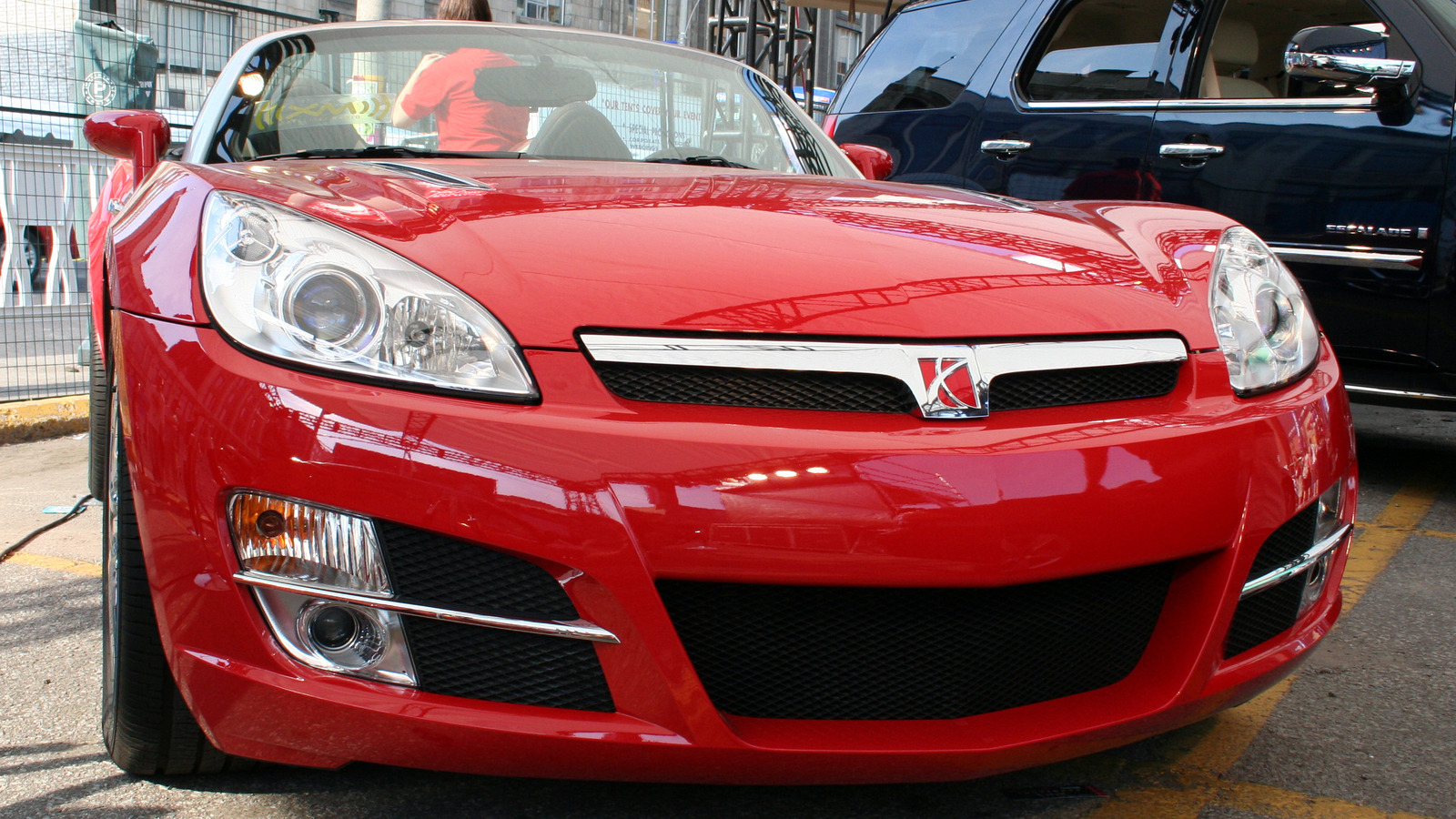
In 1985, brands like Honda and Toyota were eating American brands for breakfast with inexpensive and efficient compacts. It was around this time that models like the Honda Civic and Toyota Camry started showing up in driveways across the United States. Saturn was made to combat that tide, with the first models rolling off the line in 1990. You can see now that the valiant effort was unsuccessful.
Saturn set itself apart from other automakers in a few key ways. Not least of which was Saturn’s use of plastics in car construction. Plastics have always been used in automotive production, but mostly on interior parts and some exterior styling components. However, Saturn used plastic to make entire body panels. After all, plastic is easier to care for than metal, is surprisingly durable, and is rust-proof.
Unlike its cousin Pontiac, Saturn didn’t initially borrow most mechanical components from other GM brands. For the most part, the first several Saturn cars were entirely original models. The Saturn brand mostly acted as a different entity separate from General Motors. Saturn even used a “no haggle” pricing model, years before brands like Tesla would try.
Saturn didn’t make any supercars or track monsters and it didn’t need to. The brand’s bread and butter were simple inexpensive cars like the S-Series and L-Series. The S-Series was a compact that could be configured in a sedan or wagon and featured its own in-house drivetrain. That’s practically unheard of from sub-brands today.
For all the latest Games News Click Here
For the latest news and updates, follow us on Google News.
